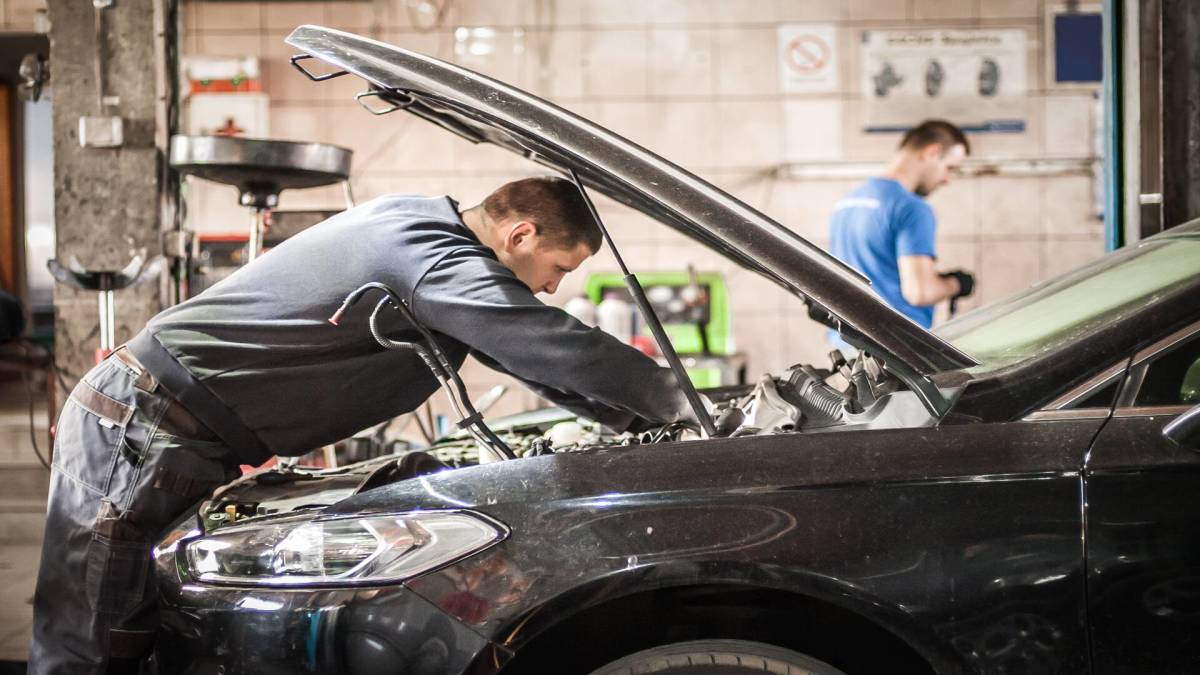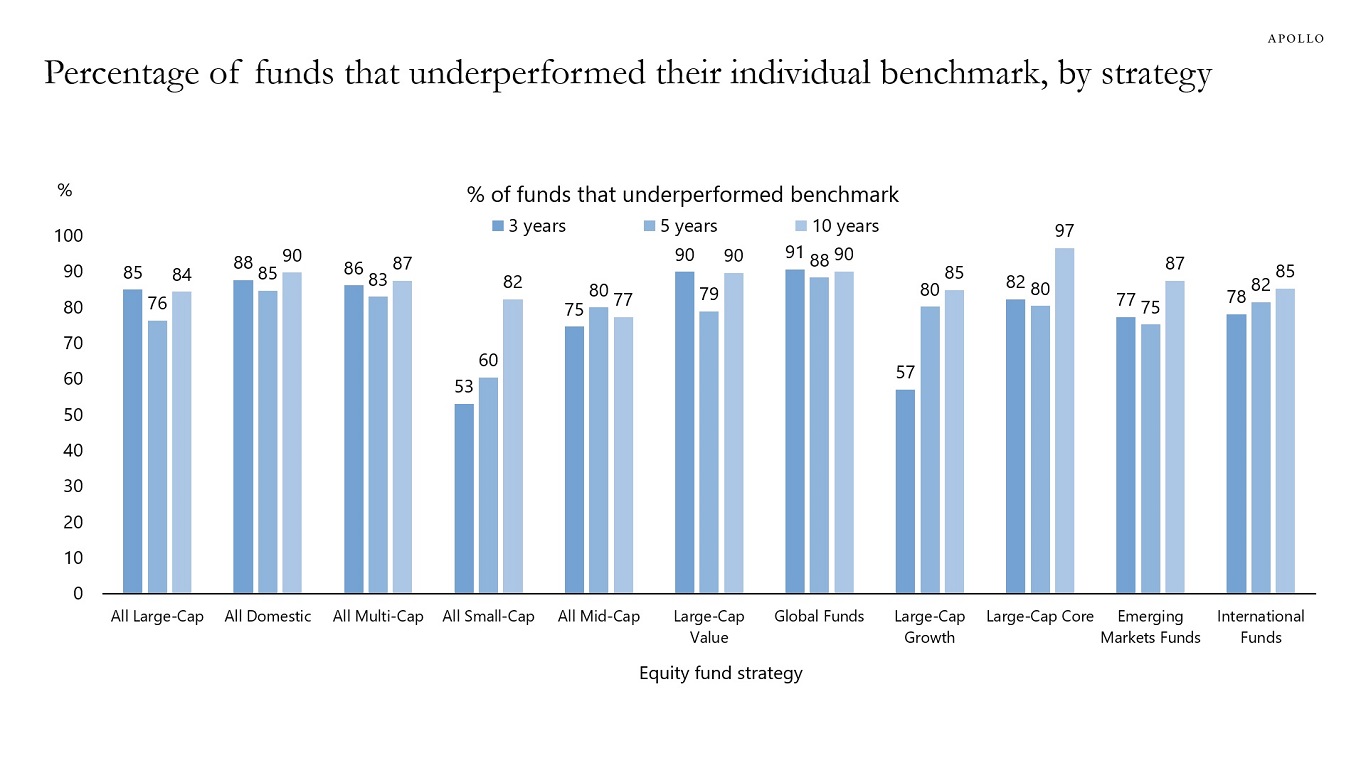How to Fix Low Compression in Your Car Engine
Low compression in your car engine can cause poor performance. Fix it by checking for worn piston rings, damaged valves, or head gasket issues, then repair or replace faulty parts.
What is Low Compression and Why It Can Be Harmful for Your Car Engine?
one thing that should be kept in mind is that a car’s engine works efficiently only if it has a good compression. The pressure created inside the cylinders have to cross a threshold, to make them move. And only after that, the vehicle will have enough oomph so that it can run without any problem.
Rough idling, misfiring or slow acceleration are signs of low compression in the engine chamber or inside the pistons/cylinders. This type of low pressure is not just annoying thing to deal with but it can permanently damage your engine as well.
Symptoms of Low Compression
So how do you know something’s off? Look for these red flags:
1. Hard starting: Cranking and cranking, but your car won’t start easily? That’s a sign.
2. Rough idling: Engine sounds like it’s choking or struggling at red lights? That could be low compression.
3. Loss of power: If you press the gas and the response is lazy or delayed, your cylinders might be losing pressure.
4. Misfires or shaking: The engine feels like it’s sputtering or skipping beats—low compression could be behind it.
Why Compression Matters for Car Owners
Compression equals combustion. And combustion equals movement. If you’re losing compression, your car engine isn’t performing right, and worse, it’s burning more fuel to do less work. That’s bad for your wallet and bad for the engine’s health. Ignoring it? That’ll just add up to bigger repair bills down the road.
Diagnosing Low Compression in Car Engines
Knowing something’s wrong is one thing. Confirming it? That’s where testing comes in,
Tools You’ll Need:
- Compression tester (you can get one at any parts store)
- Ratchet and spark plug socket
- Pen and paper or your phone to record readings
Step-by-Step Compression Test
- Warm up the engine – You’ll get more accurate results with a warm engine.
- Remove all spark plugs – This makes it easier for the engine to crank evenly.
- Disable fuel and ignition – You don’t want it firing up mid-test.
- Screw in the tester – Hand-tighten it into the first cylinder.
- Crank the engine – Let it turn over 4-6 times. Note the reading.
- Repeat for all cylinders – Write down each number.
What to Look For:
You’re looking for consistency. If one or two cylinders are way lower than the rest—say, more than 10-15% difference—you’ve probably got a compression issue.
Normal vs. Low Compression
Most healthy car engines have compression between 125–175 psi per cylinder. Anything below 100 psi? That’s low. And anything under 75 psi? That’s a serious problem.
Can You Fix an Engine with Low Compression?
Yes—but it depends.
Common Causes of Low Compression:
1. Worn piston rings – These seal the gap between the piston and cylinder wall. When they wear down, pressure escapes.
2. Damaged or burnt valves – If a valve doesn’t seal properly, air leaks out and pressure drops.
3. Blown head gasket – This seals the cylinder head to the block. A blown one lets pressure leak between cylinders or into the coolant.
4. Cracked engine block – Rare, but a crack can ruin compression completely.
Factors to Consider:
1. Repair Costs:Fixing internal engine components is labor-intensive. Think thousands of dollars depending on the issue.
2. Car’s Age:If your car’s pushing 200,000 miles, you’ve got to ask—does it make sense to keep pouring money into it?
3. Extent of Damage:A blown head gasket might be fixable. A cracked block? You might be better off with a replacement.
How to Fix Low Compression in Your Car Engine
So let’s talk solutions. Depending on the cause, fixes range from minor to major surgery. Repair Process involves:
1. If it’s piston rings or valves, you’re looking at pulling the head, inspecting the internals, and replacing worn parts. That’s a full engine tear-down. Not something for the average weekend DIYer.
2. A blown head gasket! A mechanic can fix that within a few days, depending on parts and labor availability.
3. If it has cracked block then there is nothing that could be done. It would be in your best interest to move on.
The Benefits of Buying a Used Engine When Facing Low Compression
Sometimes the smartest fix... is a swap!
1. Cost-Effectiveness:
Replacing a tired, low-compression engine with a used car engine can be cheaper than rebuilding the old one from the inside out.
2. Time-Saving:
Rebuilds can take weeks. A used car engine swap? You could be back on the road in a couple of days.
Quality of Used Engines:
1. Trusted Sources: Get your engine from a reputable supplier, not just some online listing with no info. Ask about mileage, test results, and history. Go for web stores like carenginepart.com, usedenginepart.com or carengineguru.com.
2. Warranty Options: Good suppliers offer limited warranties. That tells you they stand behind the engine’s condition.
3. Low Mileage: Many used engines come from totaled vehicles with low miles. These engines often have years of life left in them.
4. Environmental Benefits:
Swapping in a used engine keeps it out of the landfill and reduces the need for new engine production. That’s a win for your car and the planet.
Preventing Low Compression in Your Engine
Don’t wait for your engine to fall apart. Stay ahead of it.
1. Regular Maintenance:
Change your oil, follow your service schedule, and keep things clean.
2. Routine Compression Testing:
Do a compression test once a year—especially if you’ve got a high-mileage ride.
3. Careful Driving Habits:
Don’t rev the engine cold, avoid lugging it in high gear, and don’t skip maintenance. Your car engine will thank you.
Conclusion
The above info can save you a lot of time and money but Prevention is still the best save there is. Either you are going for a rebuild engine, a remanufactured one or more smarter route, i.e. a used car engine, understanding the signs that they give will always be better, than waiting for the things to go out of hand and then going for the repair.
For strong and tested used engines you can visit carenginepart.com and have detailed look at our listings of used engines. With us, choose a quality machine today and lock in your needed parts quote in no time.

















































































































































































